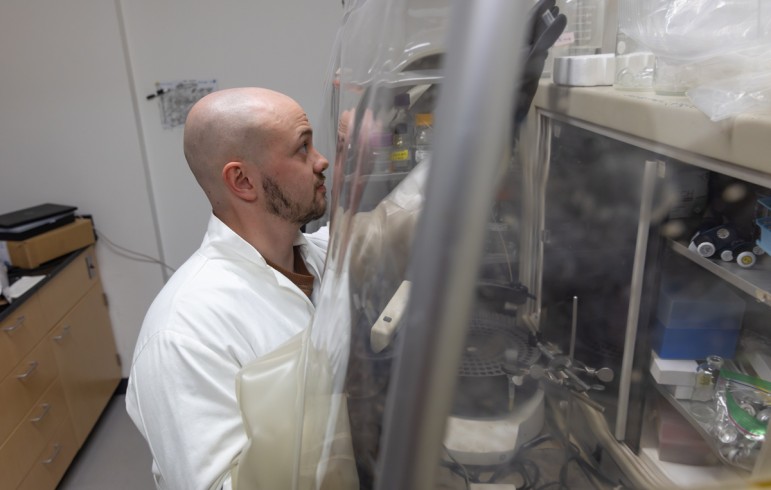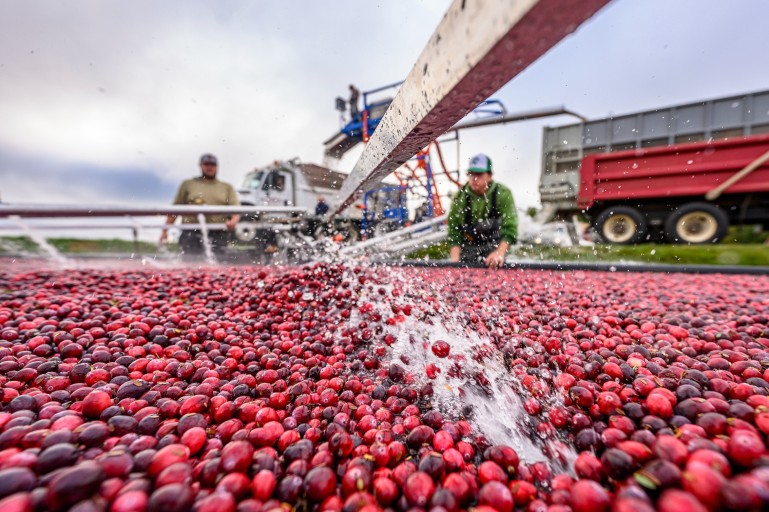Fox, the Marvin J. Johnson Professor in Fermentation Biochemistry and chair of the biochemistry department, was among four faculty selected by their peers as winners of the 2025 Hilldale Award.
In a Final Four like no other, scientists from the Great Lakes Bioenergy Research Center met Tuesday in the Wisconsin Energy Institute to represent four tiny yet mighty bioenergy champions.
When it comes to providing affordable, reliable, and clean electricity — and empowering citizens to share the economic benefits — Wisconsin is failing.
Undergraduate researcher Raines Lucas applies his knowledge of statistics to environmental problems in the Gibbs and Edwards labs when he's not touring with his band, she's green.
UW–Madison scientists combined machine learning and automated testing to streamline the tedious process of finding the right green solvent for isolating valuable bioproducts.
Eight teams of elementary, middle and high school students from Wisconsin will get to test their clean energy knowledge and engineering skills on the global stage after qualifying to compete in the World KidWind Challenge on March 1.
University of Wisconsin–Madison scientists used advanced microscopic imaging to better understand the structure and function of these granules and their roles in microbial biology. They found that stunting cell growth caused bacteria to accumulate significantly more PHB and PP concentrated in larger granules, suggesting the organelles play a role in stress response.



